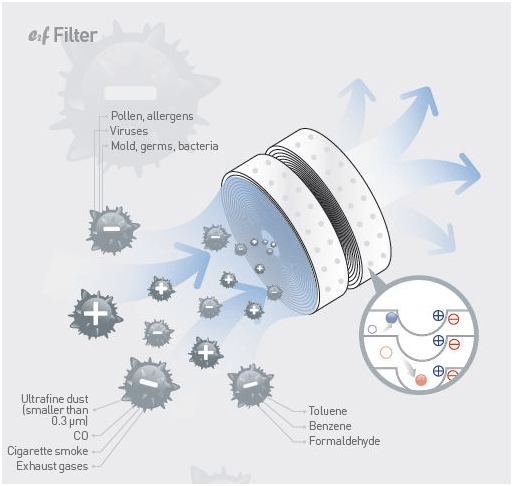The Ultimate Guide To Recognizing Warmth Pumps - Just How Do They Function?
The Ultimate Guide To Recognizing Warmth Pumps - Just How Do They Function?
Blog Article
Author-Hoppe Bland
The most effective heat pumps can save you substantial amounts of cash on power costs. They can additionally help reduce greenhouse gas discharges, specifically if you utilize electrical power in place of nonrenewable fuel sources like lp and home heating oil or electric-resistance furnaces.
Heatpump work significantly the same as air conditioners do. This makes them a feasible choice to standard electrical home furnace.
How They Function
Heat pumps cool down homes in the summertime and, with a little help from electrical energy or gas, they offer a few of your home's home heating in the winter. They're an excellent option for individuals that want to lower their use fossil fuels yet aren't ready to change their existing heating system and cooling system.
They count on the physical reality that also in air that appears also cold, there's still power existing: warm air is always moving, and it wants to relocate right into cooler, lower-pressure environments like your home.
The majority of power celebrity certified heat pumps run at near to their heating or cooling capacity throughout the majority of the year, lessening on/off biking and saving energy. For the best efficiency, concentrate on systems with a high SEER and HSPF rating.
The Compressor
The heart of the heatpump is the compressor, which is additionally known as an air compressor. This mechanical moving gadget makes use of possible energy from power development to boost the pressure of a gas by lowering its quantity. It is various from a pump in that it just deals with gases and can't collaborate with fluids, as pumps do.
Climatic air enters the compressor via an inlet shutoff. It travels around vane-mounted arms with self-adjusting length that separate the interior of the compressor, developing multiple cavities of varying dimension. The rotor's spin forces these cavities to move in and out of stage with each other, compressing the air.
The compressor reels in the low-temperature, high-pressure refrigerant vapor from the evaporator and compresses it right into the warm, pressurized state of a gas. This procedure is repeated as needed to supply heating or cooling as needed. The compressor likewise has a desuperheater coil that reuses the waste warm and includes superheat to the cooling agent, changing it from its liquid to vapor state.
The Evaporator
The evaporator in heat pumps does the same thing as it carries out in fridges and a/c, altering liquid refrigerant into an aeriform vapor that gets rid of warmth from the space. simply click the next document would not work without this critical tool.
This part of the system lies inside your home or building in an interior air trainer, which can be either a ducted or ductless unit. It has an evaporator coil and the compressor that compresses the low-pressure vapor from the evaporator to high pressure gas.
Heat pumps take in ambient warm from the air, and afterwards make use of power to transfer that warm to a home or organization in home heating mode. That makes them a whole lot extra energy reliable than electrical heating systems or heating systems, and due to the fact that they're utilizing clean electrical power from the grid (and not shedding gas), they likewise produce much fewer emissions. That's why heatpump are such wonderful ecological choices. (As well as a huge reason why they're becoming so prominent.).
The Thermostat.
https://www.capecodtimes.com/story/news/2020/09/01/hvac-problems-force-switch-to-remote-learning-at-nauset-high/42650803/ are fantastic options for homes in cold climates, and you can use them in combination with traditional duct-based systems or even go ductless. They're a great alternate to fossil fuel heating systems or typical electrical furnaces, and they're more lasting than oil, gas or nuclear a/c equipment.
Your thermostat is the most vital part of your heatpump system, and it functions extremely in different ways than a traditional thermostat. All mechanical thermostats (all non-electronic ones) job by using materials that alter dimension with increasing temperature level, like curled bimetallic strips or the expanding wax in an auto radiator shutoff.
These strips contain two various sorts of steel, and they're bolted with each other to develop a bridge that finishes an electrical circuit attached to your heating and cooling system. As the strip obtains warmer, one side of the bridge expands faster than the other, which causes it to flex and indicate that the heater is needed. When the heatpump remains in home heating setting, the reversing valve reverses the circulation of cooling agent, to make sure that the outdoors coil now operates as an evaporator and the indoor cyndrical tube ends up being a condenser.